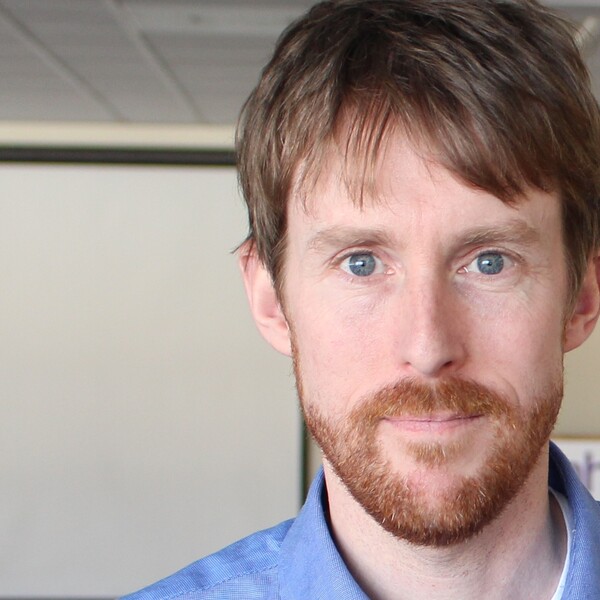“At 17 ended up homeless, and I came to the shelter, and it was crazy from 18 to about 21. I was like having a place, and not having a place, and moving in with a partner and it not working out and having to leave and start from scratch.”
Think of this scenario - one that is happening every day across the country. A young person finally gets secure housing after surviving and overcoming the tremendous adversities that come with homelessness and all that led up to it. This is no mean feat. Housing of any kind is tough to obtain. The young person in the middle has put in a huge effort. Their providers and supports have put in a huge effort. Finally, key in hand, it is happening.
Our focus is on the question: What's next? Our service sector is geared to crisis response - not ongoing supports after housing is found. Often the young person experiences social isolation and a complicated process of bringing up to speed the skills needed to sustain housing and move on with life. All too often, these challenges form put the young person on a path back into homelessness. Our early work in this space described this problem in some detail. We learned a lot from youth in Halifax and Toronto, supported some youth involved in creating a comic that tells the story, and co-created a response.
What followed has been a fantastic journey fueled by strong youth leadership and excellent partnerships. In Toronto, the partners were CAMH, Covenant House, LOFT, Ontario Tech University, SKETCH Working Arts, and the Wellesley Institute. The Indigenous-led Thunder Bay collaboration is formed by Dilico Anishinabek Family Care and Lakehead University. We collectively built HOP-C: a team-based approach that combines transitional case management, an array of mental health supports, and a participatory-action oriented model of peer support. We piloted successfully in Toronto and Thunder Bay, having developed an Indigenous-specific version for a northern urban centre. In Toronto, we moved on to a randomized trial in which HOP-C delivered better outcomes in major life domains. We have spin-off participatory By Youth For Youth projects - driven by youth leadership in Thunder Bay, Toronto, and Managua, Nicaragua. We have secured a Making the Shift Youth Homelessness Social Innovation Lab grant to study models of housing stabilization across the country. Finally, we have very recently been awarded a 5 year grant from the Canadian Institutes of Health Research to run a large scale trial of HOP-C in Toronto.
We are very excited to see the HOP-C platform kick off this week! One-stop shopping for information and materials related to all of this work. All of the above work will live on this site along with our brand new HOP-C guide for practitioners. Our work is one part of the national effort in Canada, spearheaded by A Way Home Canada, that is working to end youth homelessness in our country.
“It was nice to have that system in place to actually get access to a case manager and a psychologist. So that was huge, just being able to get access to those things. And it was definitely helpful having (peer run) social activities in place to break up the monotony of what I was doing. The groups were actually pretty awesome because it was such a safe space to talk about whatever you are going through, and the topics were always on point. I always felt safe.” – HOP-C Participant

